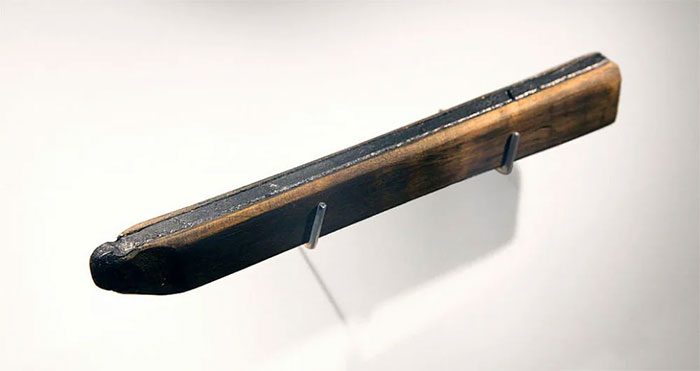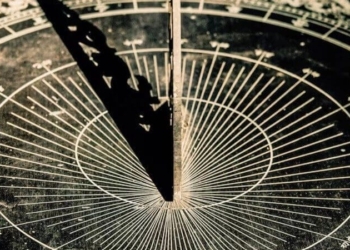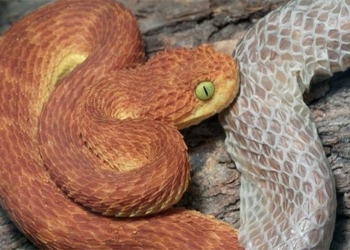A pencil is an object used for writing or drawing on paper or wood, with a core made from graphite or similar compounds. This is a familiar item in our daily lives. However, not everyone knows the history of its invention and the origin of its name.
We often call a brush a brush because its nib is made from hair or fur; we call a fountain pen a fountain pen because its nib is made from metal. So why do we refer to the pencil as a pencil when it is not made of lead?

So why is a pencil called a pencil when it is not made of lead? (Image: Internet).
There are some interesting secrets about the pencil that will surprise you!
The Past and Present of the Pencil
According to some documents, during ancient Roman times, professional religious scholars used a metal rod called a stylus to write on paper made from the bark of the papyrus plant. It wasn’t until 1564 that a tree in Borrowdale, England, fell down. Beneath that tree was a mineral that resembled lead, was greasy, and easily stained when touched. At that time, the local people thought it was just lead. However, there was no metal present; it was pure carbon, more specifically graphite.
When drawn on paper, this material produced a much darker line than using lead. Therefore, they referred to this material as “black lead.” It was also used by people to mark sheep in livestock in their daily lives. Later, the English cut the graphite into pieces and fixed it to the end of a stick for writing.

The oldest pencil in the world, found from the early 17th century, is currently displayed at the Faber-Castell Castle in Nuremberg, Germany. (Image: Internet).
This new tool was named the pencil – a name derived from the Latin word pencillum, meaning a small tail or fine brush. Soon after, merchants saw a business opportunity and began selling them. Thus, initially, people mistakenly called the graphite writing tool a pencil and have used that name to this day.
It wasn’t until 1795 that the prototype of the modern pencil was officially created by Nicolas-Jacques Conte. Instead of using pure graphite as before, he mixed powdered graphite with clay and water to create a mixture for the pencil core. He then placed it in a kiln to harden. Through experimentation, he found that he could adjust the darkness of the writing by changing the amount of clay in the mixture.
To insert the core, Conte carved a groove along the length of a wooden stick, the pencil core would be glued inside the groove, and another piece of wood would be glued over the body of the pencil. Conte’s pencil was patented in 1795, and to this day, this remains the design of the modern pencil that we commonly use.
Currently, there are many types of pencils on the market, varying in color, design, and thickness of the lead. Pencils are typically divided into two main categories: black pencils used for writing or drawing and colored pencils.
The materials used to make the cores of colored pencils mainly consist of a combination of smooth stone powder, adhesive, wax, and pigments… Due to being made from different materials, their colors also vary, and the functions of each type of lead differ as well. Since there is already a type of pencil called a pencil, other writing instruments that resemble a pencil are also often referred to as pencils.





















































